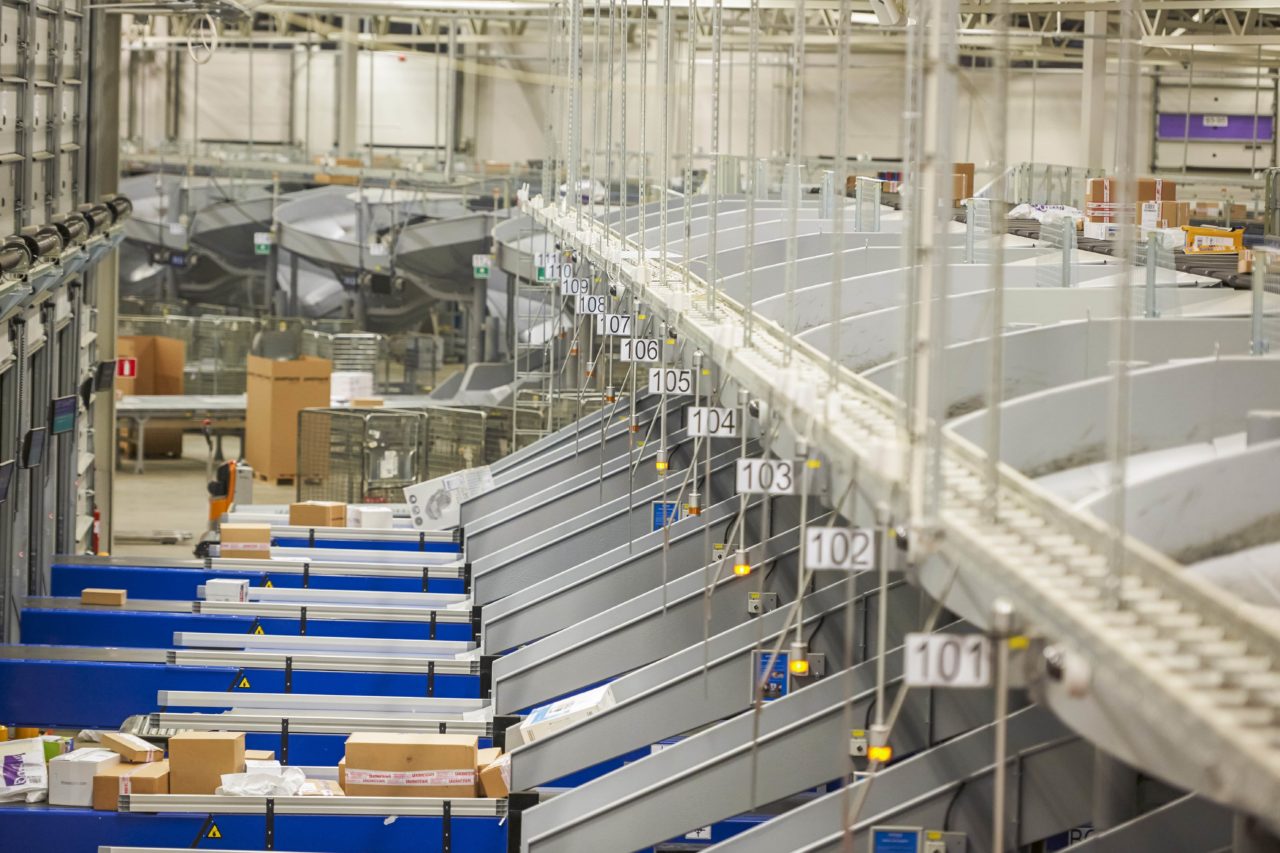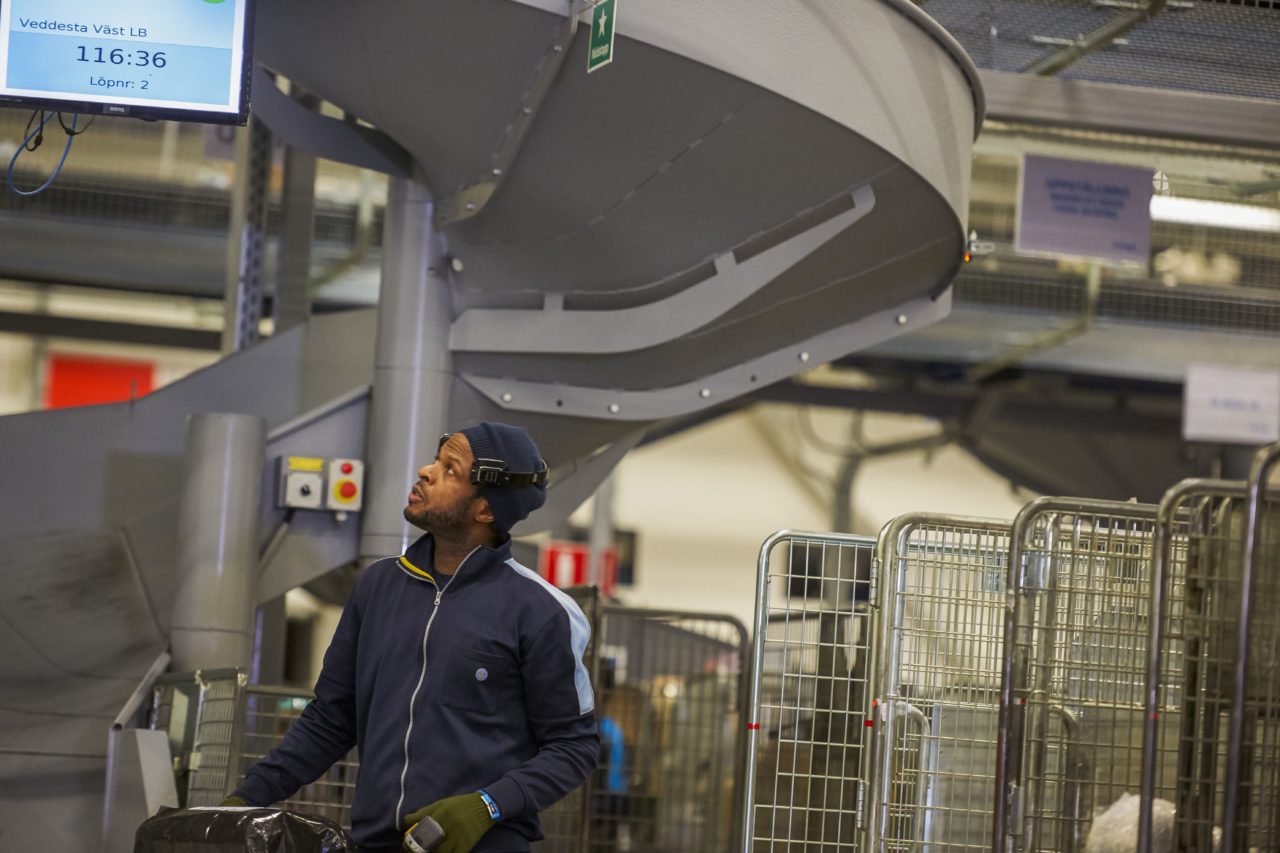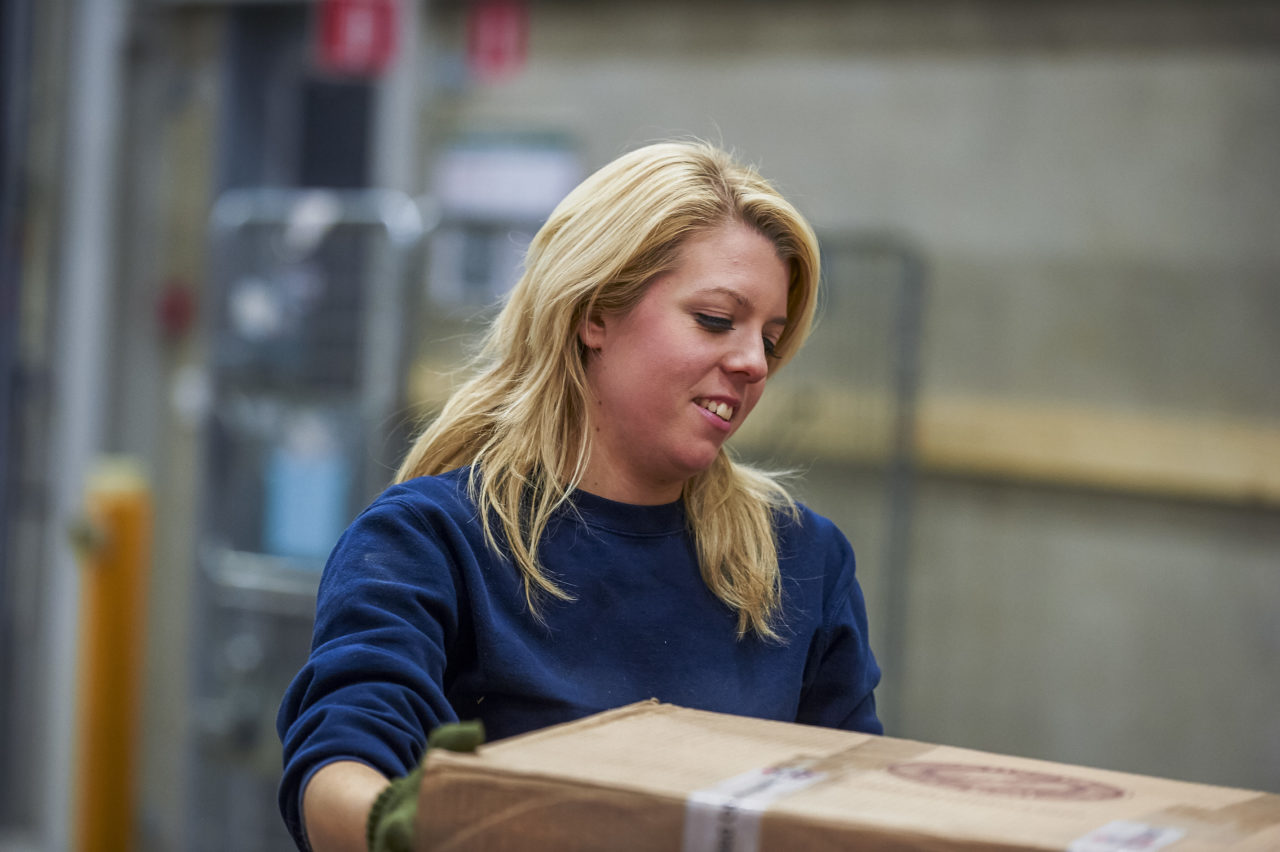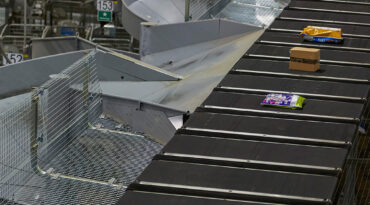By examining their need for redundancy more closely and from an overall perspective of what redundancy actually means in their operations, they may find they don’t need redundancy at a worst case scenario level.
Redirection within their own networks
CEP operators could consider utilising their networks as a redundancy measure, for example.
If they have a large network, operators can redirect parcels to a nearby sorting centre when a situation occurs or make other terminals in their network overperform for a short period while repair work can be carried out. Redirecting to other locations and absorbing the extra transportation costs can be more acceptable than investing in redundancy technology.
The ability to use networks as an alternative solution will of course depend on how flexible and robust that network is.
Using the floor and manual labour
Adding an extra section to the building or dedicating floor space for performing manual sorting can also be cheaper than investing in more equipment. It could be that 70 percent redundancy in a plant is acceptable in the event of a breakdown and the remainder of production is performed by hand.
However, this option may depend on how automated the hub is. If it automated its operations some time ago and has lost the manual skills required, this may not be an option. If the hub has freshly introduced automation, it will be less of a problem to organise work on the floor in the event of a system disruption. The cost of labour in the local market will also be a driving factor for CEP operators considering their redundancy options if resources need to be hired in.
Takeaway
CEP operators often have a different perception of the level of redundancy needed in their systems compared to what is in fact needed. The best way to determine just how much should be built in requires a careful consideration of whether their operations are mission critical, the consequences of system failure and the likelihood of system failure occurring.
From this basis, CEP companies are better placed to decide whether a partial redundancy solution is enough. It’s a matter of determining objectively the need for redundancy and the most cost-effective strategy to overcome it.










